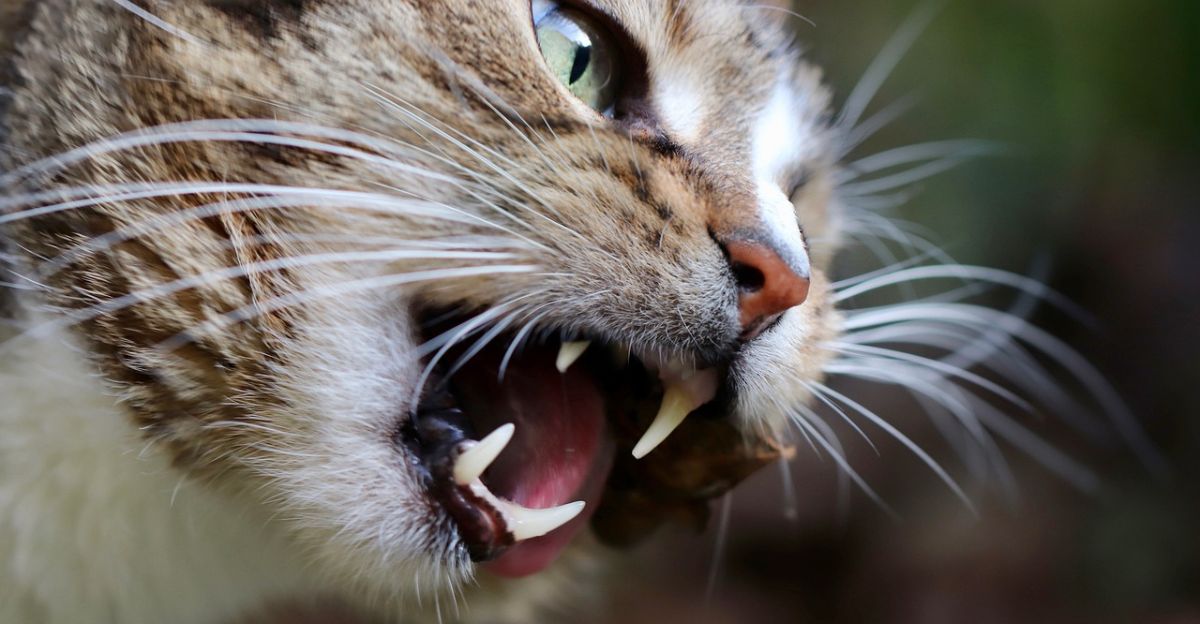How to Clean Your Cat’s Teeth: Simple Steps for a Healthy Feline Smile

Quick question: have you ever checked your cat’s teeth up close?
If you just raised your eyebrows and said “Wait, I’m supposed to?”, you’re not alone. Many cat owners skip dental care until there’s an obvious problem—like bad breath or difficulty eating. But by then, dental disease may already be causing your cat pain.
Don’t worry. This guide will walk you through how to clean cats’ teeth, from brushing tips to alternatives like dental chews for cats and the best cat dental treats. By the end, you’ll feel ready to tackle cat teeth cleaning like a pro.
Why You Should Care About Your Cat’s Teeth
Let’s face it—cats are experts at hiding pain. They won’t always show when something’s wrong, which is why dental care is often overlooked.
But here’s the reality: plaque builds up on your cat’s teeth just like it does on yours. If left unchecked, that soft plaque hardens into tartar, causing gum inflammation (gingivitis), tooth decay, and even serious conditions like periodontal disease. Over time, this can affect your cat’s kidneys, liver, or heart.
Keeping your cat’s mouth clean isn’t just about fresh breath—it’s about protecting their whole body.
How to Brush Your Cat’s Teeth (Yes, It’s Possible!)
Brushing is still the gold standard for cat teeth cleaning. It removes plaque before it turns into tartar and keeps gums healthy.
So how do you do it without becoming your cat’s worst enemy?
Step-by-Step Guide
1. Start Slow
Begin by gently touching your cat’s mouth for a few seconds each day. Praise them and offer a little reward. You're building trust.
2. Introduce Toothpaste
Use a toothpaste made specifically for cats (never human toothpaste—it’s not safe). Let your cat lick a bit off your finger to get used to the flavor.
3. Pick the Right Brush
Use a soft-bristled toothbrush made for cats, a finger brush, or even gauze wrapped around your finger.
4. Time to Brush
Apply a small amount of toothpaste and gently brush the outer sides of the teeth, using circular motions. Focus on where the tooth meets the gumline.
5. Keep It Short
Start with a few teeth and slowly increase the brushing time over days or weeks.
6. Make It a Routine
Aim for daily brushing—but if that’s not realistic, even 2–3 times a week helps significantly.My Cat Hates Brushing—Now What?
Some cats won’t tolerate brushing, and that’s okay. There are still helpful alternatives to support dental health.
Dental Chews for Cats
Chewing helps clean teeth naturally. Dental chews for cats are made to encourage this behavior and reduce plaque through mechanical action. They're also a great way to make dental care feel like a treat.
Best Cat Dental Treats
Dental treats come in various textures and shapes designed to promote oral health. Look for ones that are high in fiber and designed to encourage chewing. These can be an easy way to support cleaning when brushing isn’t possible.
📝 Note: Treats and chews help, but they aren’t replacements for brushing or professional care.
Dental-Specific Cat Food
Some dry foods are designed with a larger kibble size or unique texture that helps reduce plaque while your cat eats. These can be part of a long-term strategy for dental support.
Water Additives
Add a tasteless, vet-approved solution to your cat’s water bowl. These help reduce bacteria and freshen breath. Think of it like mouthwash for cats—only easier!
Dental Toys
Toys designed to be chewed or gnawed on can help scrape teeth and massage gums. While not as effective as other options, they’re a fun addition to your cat’s dental toolkit.
Don’t Forget the Vet: Professional Cat Teeth Cleaning
Even if you’re doing everything right at home, your cat still needs professional cleanings.
Veterinarians perform dental exams and cleanings under anesthesia so they can:
● Remove tartar under the gumline
● Examine for infections or broken teeth
● Take dental X-rays if needed
Most cats should have their first professional cleaning by age 2. After that, yearly checkups are recommended, even if everything seems fine.
🚨 Watch for signs of dental issues: bad breath, drooling, pawing at the mouth, or changes in eating habits. These could signal it’s time for a vet visit.
In Summary: Build a Routine That Works for You and Your Cat
Caring for your cat’s teeth doesn’t have to be complicated or stressful. A little effort goes a long way in preventing pain, tooth loss, and costly treatments down the road.
Here’s your quick checklist:
✅ Try brushing your cat’s teeth several times a week
✅ Use dental chews for cats and dental treats
✅ Add water additives or dental toys for extra support
✅ Schedule regular professional cleanings with your vet
It’s never too late to start. Even if your cat resists at first, small steps lead to long-term benefits—and your cat will thank you with a healthy smile and a purr.

